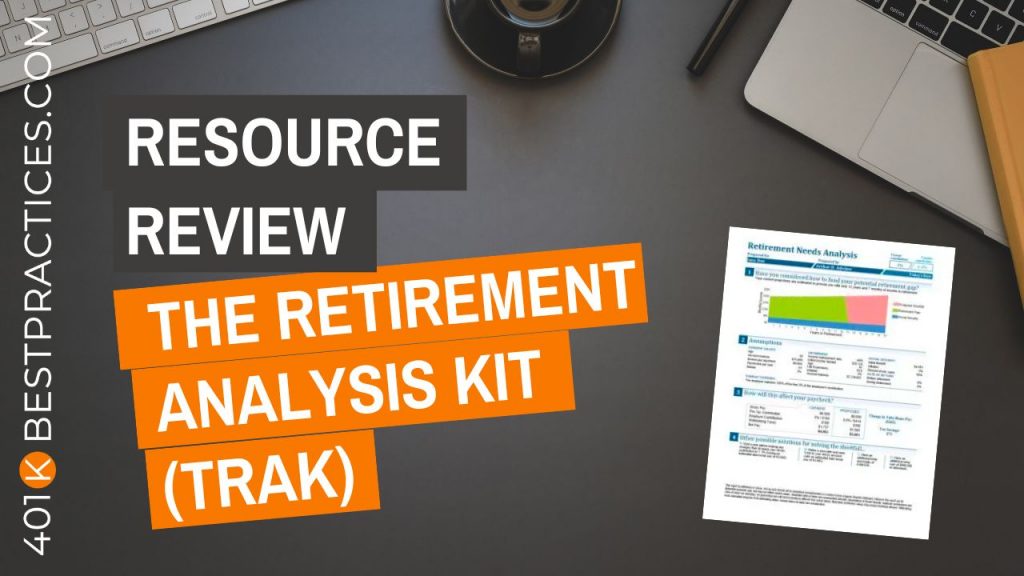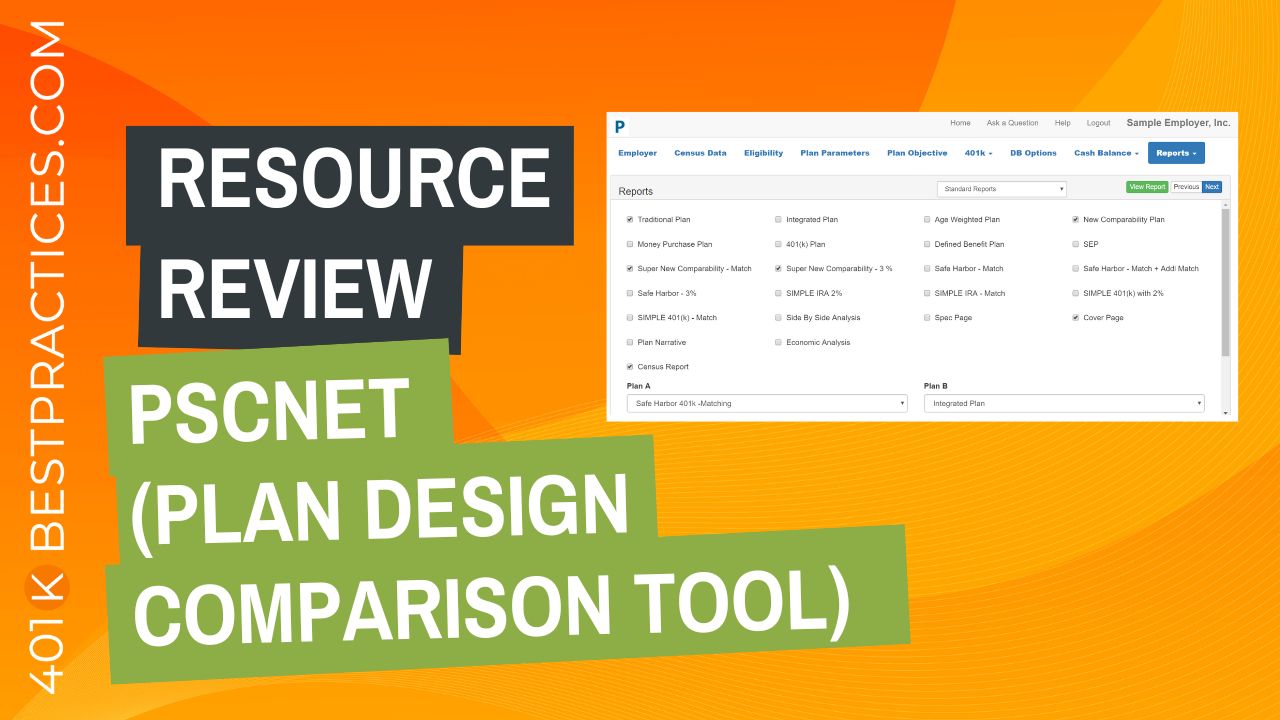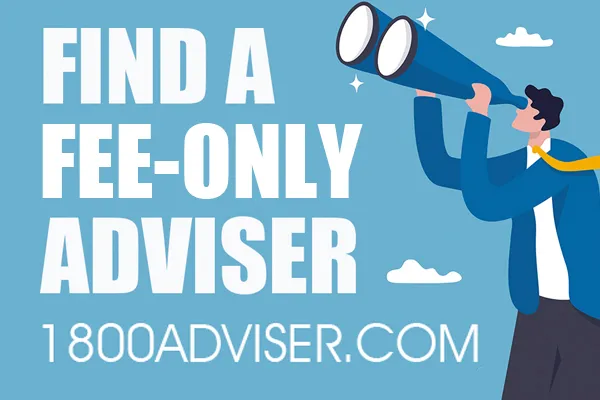To attract and retain the best employees, your business must provide a competitive benefits package. A 401(k) can be a valuable part of this package, especially since one-stop providers have made it easier and less expensive to offer these plans.
If you’re weighing launching your own 401(k), this beginner’s guide covers the most important features to know along with the potential benefits for your employees and your growing business. If, after reading this, you decide to start your search for a 401(k) provider, take a look at this 401(k) Provider Comparison Worksheet – it will simplify what can sometimes be a complex task.
A 401(k) is a type of workplace retirement plan. Employers set these up for their employees. Employees can then elect to put part of their paycheck into their account. From there, they can pick from investments included in the 401(k) to grow their savings for the future.
As the employer, you can choose to make matching contributions to give your employees extra compensation. For example, a popular setup is that an employer matches 50 percent of employee contributions up to 5% of their pay. An employee could contribute more, but anything above 5% would be unmatched by an employer using this system. The IRS also offers several significant tax benefits for 401(k) plans, which we cover below.
Improved employee hiring and retention
When it comes to figuring out which benefits to offer to your employees, 401(k)s consistently rank as a top option. For example, in a 2022 SHRM survey, 82% of employers found it was very or extremely important to offer retirement benefits for their employees. This was second only to health benefits.
By setting up a retirement plan, you can use it as a selling point when interviewing potential new hires. In addition, you can design your 401(k) so that it primarily rewards loyal employees who work with you for years to reduce turnover. This system is known as vesting (see below.)
Business tax credits and deductions
The 2020 SECURE Act set up numerous tax credits for small businesses, those with 1 to 100 employees, to offset the costs of setting up a 401(k) for the first time – up to $15,000 over 3 years. If you decide to match employee contributions, you could deduct this cost from your business income every year.
To encourage more workers to save, the government also created a credit for auto-enrollment: where your plan automatically withholds a percentage of every employee’s paycheck for their 401(k) account unless an employee specifically requests to change or stop withholding. The credit is $500 per year for three years from the point you set up this feature. For more info on these tax credits, see the IRS page on retirement plan tax credits.
Support for your own retirement
A 401(k) isn’t just for your employees. You as the owner could also use the plan to put money aside for your own retirement while receiving the same tax benefits.
Despite the potential benefits, some employers have concerns about setting up their own 401(k). Here are the top reasons, and why they may not necessarily apply to your business.
They worry the fees will be too high
Setting up a 401(k) can seem too expensive, especially for smaller employers. That was a bigger issue in the past. Today though there are online 401(k) providers like ForUsAll which offer 401(k) plans at a low monthly flat rate plus a per employee cost. In addition, your business could qualify for tax credits and deductions to help you offset the costs.
They don’t think they can run the plan properly
Running a 401(k) means handling annual filing requirements for the government, finding suitable investments for the plan, and properly overseeing employee accounts. You might worry about dealing with all this since you’ve already got your hands full running your business. The right one-stop shop provider can handle this work for you.
They think their business is too small
Some 401(k) providers require a minimum number of participants to set up a plan. But others like ForUsAll could set one up even if you just have two employees, including yourself.
They are focused on other benefits
You may have a limited budget for providing benefits and think that others could be a better match for your staff, like family care, transportation, or student loan repayment. While employees may like these other benefits, keep in-mind that they consistently rank a workplace retirement plan ahead of them.
Now that you have a better understanding of why it might make sense to offer a 401(k) to your employees, let’s dive deeper into the actual features of these plans.
401(k) Tax Benefits
A 401(k) offers several substantial tax advantages to help your employees save for retirement. First, a 401(k) delays taxes on investment gains. So long as employees keep their money in the 401(k), they don’t owe taxes. If they invested in a taxable brokerage account outside of a retirement plan, they would owe taxes every year on their investment earnings, even if they reinvest the money.
Employees receive an additional tax break depending on what type of 401(k) they use. There are two versions of a 401(k). You decide whether to offer just one or allow your employees to pick between both options. With a Traditional 401(k), employees contribute pre-tax dollars into their account. In other words, contributing reduces their taxable income for the year and the amount they’ll owe to the IRS. When they take money out in retirement though, they’ll owe income tax on the entire withdrawal.
You could also offer a Roth 401(k). With these plans, employees must contribute after-tax income so they don’t receive any upfront tax benefits for their contributions. However, once they retire, their withdrawals are completely tax-free, including their investment gains. The IRS allows employees to make 401(k) retirement withdrawals when the employee is at least 59 ½. See this article for more information on 401(k) withdrawals.
Employee Contributions
To put money in your 401(k), your employees ask payroll to put aside a percentage of their salary, like 6% or 10%. In 2022, your employees can contribute up to $20,500 into a 401(k) if they are younger than 50. If they are 50 or older, they can contribute up to $27,000, according to the IRS.
This is substantially more than they could save outside of work with an Individual Retirement Account. Those accounts only allow contributions up to $6,000 per year for those younger than 50 and $7,000 for someone 50 and older.
Employer Matching
If you want to give your employees a 401(k) match, there are two ways to do so. First, you can offer elective compensation. In this setup, you give a match only if the employee contributes their own money. For example, you agree to match 50 cents of every dollar they put in. You can put a limit as well, like the match only applies on contributions up to 6% of their salary max. If an employee doesn’t contribute, they won’t receive your match.
You can also offer nonelective compensation where you give every employee 401(k) money, regardless of whether they contribute or not. For example, you give everyone a straight 2% of their salary. You can choose to use a combination of both types of matching as well.
Vesting
To reduce turnover, you can use a vesting schedule for matching contributions. To keep all your matching contributions, the employee would need to stay with your business a minimum number of years.
You can use a cliff system lasting up to a maximum of three years. Let’s say your plan uses a three-year cliff. If an employee leaves your company before working three years, they keep none of the matching contributions. If they work longer than three years, they keep all matching contributions.
You can also use a graded schedule of up to six years, where employees earn a percentage each year they work. For example, you could say employees get to keep 20% of your matching contributions for each year worked, until they reach 100% after five years of service (known as fully vested.) In this scenario, if an employee quits after only working three years, they would only keep 60% of the matching contributions, forfeiting the other 40% back to your business.
Vesting only applies to matching contributions that you as the employer make. Employees always keep all 401(k) contributions made from their own paychecks.
Plan Loans
Normally, employees are supposed to keep their money in your 401(k) until they leave your company. However, you can choose to set up your 401(k) to allow loans. In this case, employees could borrow up to $50,000 or 50% of their balance, whichever is lower. They would need to pay the money back, with interest, into their account. Plan loans give employees some early access to their retirement savings while working.
Plan Fees
To run a 401(k), you need to work with a provider. This company would help you set up the plan, offer investments to your employees, and manage the custodial work for safely storing employee funds. In exchange, they would charge fees.
The types of fees you might owe could vary significantly depending on who you work with. You could owe set-up fees as well as annual administrative and custodian fees. Your employees will also have fees deducted from their account balance each year for using and investing through the 401(k).
Finding a competitively priced provider is crucial both for your bottom line and for helping your employees. If fees are too high, your employees might not use your plan. Whereas some small plan 401(k) providers end up charging between 1.5% to 2.0% of plan assets per year for this service, you can find more cost-effective options.
ForUsAll charges you a $120 monthly base fee to run the plan, plus $6 per employee participant. Your employees owe 0.50% of their account balance, a rate that’s competitive with large employer 401(k)s with hundreds of participants.
A 401(k) requires a number of services. You could split this work between multiple companies, such as one that handles the tax and compliance work, another that handles investments etc. But for convenience, it could make sense to work with a one-stop shop provider. Here is what they could offer:
Handles the fiduciary responsibilities
When you provide a 401(k), your employees are entrusting you with their retirement plan assets. The government considers you to be a fiduciary and you are legally required to properly handle this role. In other words, you and your business could be sued should you make a mistake.
Your 401(k) provider could take over these responsibilities. There are a few types of options depending on how you want to manage the plan:
A Section 3(16) plan administrator oversees the IRS and ERISA government reporting. You still manage the investments.
A Section 3(21) investment advisor gives you advice for picking the investments, but you make the decisions. This approach can help you make better choices but doesn’t give you protection against liability.
A Section 3(38) investment fiduciary has discretion to pick and change the investment assets in your plan. They take over the legal liability on the investment management side.
You could pick a provider that agrees to handle both the administrative and investment fiduciary work.
Takes care of annual discrimination testing
The government does not want companies to use 401(s) to overly compensate highly-paid executives in the business, including the owners, versus rank-and-file employees. In other words, the IRS expects that the plan will provide reasonable benefits for all employees or else the IRS could shut down your plan.
Your provider could run the testing to let you know whether your plan is meeting these requirements or if you need to change your approach, like by removing excess contributions from executives and providing a larger guaranteed match for all employees.
Manages compliance filing and notice preparation
Your 401(k) provider can handle the necessary filing requirements for both the IRS and ERISA. That way you don’t have to prepare the necessary forms or track the deadlines as missing them could lead to fines. Your provider could also prepare and send out any required notices to employees, like when they first join, or to highlight annual updates on the plan features.
Integrates payroll with your plan
You are supposed to track and submit information to your 401(k) provider about your employees so the provider can handle the necessary compliance testing for the government. You need to submit data like employee compensation, their hire date, their employment status, the amount they contribute into the 401(k) plan, and when they quit. To save time on tracking, your provider could integrate with payroll to automatically collect this information so you don’t have to. Automating also can help prevent mistakes from manual entry. Self-service password reset
Provides a competitive investment selection
Your 401(k) provider could set up and oversee the investments your employees need to reach their retirement goals. A diverse selection of options could make it more likely employees invest. That’s why in 2021, ForUsAll became the first provider to allow cryptocurrencies in a 401(k) (though other companies like Fidelity plan to do the same soon.)
Processes loan approval
If your 401(k) plan will offer loans, you need a service to process and approve employee loans, while also tracking them for repayment. Once again, your provider can take this work off your hands.
ForUsAll is an experienced 401(k) provider and can handle all these services for your business. If you think it’s time to offer your employees this quality workplace benefit, reach out to our sales team today for more information about how to do so.
























